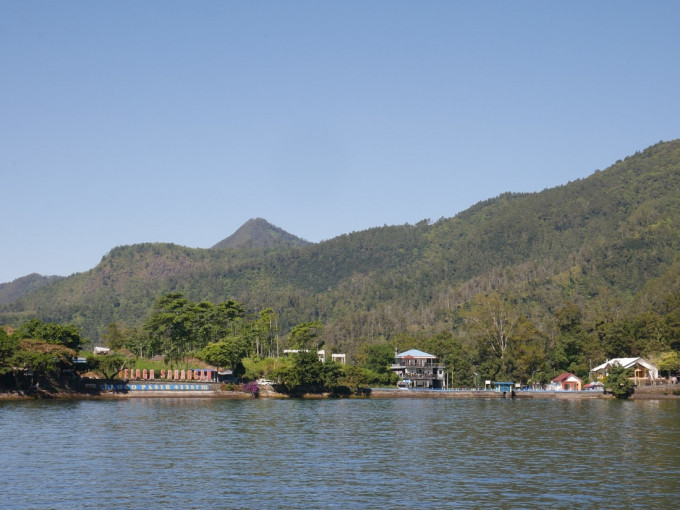
The underdeveloped tourism sector in Magetan Regency, East Java, has become a pressing issue that demands attention from multiple parties. Currently, tourism activities in the region, located on the slopes of Mount Lawu, are still concentrated in West Magetan.
Popular natural attractions like Telaga Sarangan, Telaga Wahyu, Mojosemi, and others are clustered in the Plaosan District. Therefore, a comprehensive plan for regional tourism development is needed to facilitate destination management and promote equitable tourism growth in Magetan.
Dr. Destha Titi Raharjana, a researcher from the UGM Center for Tourism Studies (Puspar UGM), emphasized Magetan’s strategic location, which borders the tourist attraction of Tawangmangu in Karanganyar.
This accessibility can attract more tourists, particularly since it is well-connected to nearby areas, including Madiun Regency, Madiun City, and Ngawi Regency.
“Magetan can be accessed through northern and southeastern routes,” Dr. Raharjana told reporters on Tuesday (Oct. 1).
Despite Telaga Sarangan being the main attraction that continues to draw visitors to Magetan, innovation remains crucial for further development. The government, private sector, and local communities must collaborate to make Magetan’s tourism more innovative and inclusive.
According to Dr. Raharjana, a collaborative approach to building a more innovative and inclusive Magetan tourism industry should be a priority if tourism is believed to have a multiplier effect.
Additionally, Magetan must increase its MICE (Meeting, Incentive, Conference, Exhibition) facilities and standardized accommodation services to support event organization.
“Currently, holding meetings in Magetan is challenging due to the lack of facilities,” he remarked.
Puspar UGM formulated a regional tourism development strategy in the draft of Magetan’s Tourism Development Master Plan (Ripparda). The aim is to provide a roadmap for managing destinations and promoting equitable tourism growth across the regency.
Khusnul Bayu Aji, another researcher from Puspar UGM, added that the Ripparda proposes dividing Magetan into four District Tourism Destinations (DPKs), five District Tourism Development Zones (KPPKs), and four District Tourism Strategic Zones (KSPKs).
The four DPKs are: DPK 1, which includes five subdistricts—Plaosan, Poncol, Parang, Panekan, and Sidorejo; DPK 2, covering three subdistricts—Magetan, Sukomoro, and Ngariboyo; DPK 3, which includes Maospati, Barat, Karas, Karangrejo, and Kartoharjo; and DPK 4, comprising Kawedanan, Nguntoronadi, Bendo, Takeran, and Lembeyan.
The five KPPKs proposed in the tourism zoning plan are KPPK 1 (Gunung Blego-Gunung Bungkuk and surrounding areas), KPPK 2 (Jabung-Sumberdodol-Sukowidi and surrounding areas), KPPK 3 (Tamanan-Pendem-Sukomoro and surrounding areas), KPPK 4 (Temboro-Purwodadi-Gandu and surrounding areas), and KPPK 5 (Soco-Tanjung and surrounding areas).
The four KSPKs proposed include KSPK 1 (Telaga Sarangan-Telaga Wahyu and surrounding areas), KSPK 2 (Ki Mageti-Ndoyo-Candirejo and surrounding areas), KSPK 3 (Sendang Kamal and surrounding areas), and KSPK 4 (Simbatan-Giripurno and surrounding areas).
Beyond regional tourism development planning, the Ripparda drafting also emphasizes creating a clear vision and mission for Magetan’s tourism growth. Key themes include innovation, synergy, competitiveness, sustainability, and inclusive welfare.
The mission’s foundational points aim to bring the vision to life, including diversifying innovative and competitive tourism products.
“Efforts should be made to enhance the competitiveness of tourism and the creative economy, implement synergistic and responsible digital marketing strategies, and strengthen institutional capacity and human resources, supported by reliable regulations and management systems,” Aji concluded.
Author: Agung Nugroho
Post-editor: Afif

